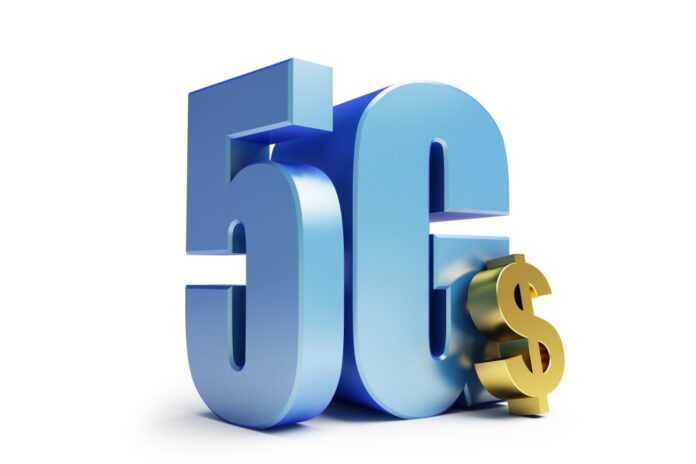ETSI DECT-2020 NR, the “world’s first non-cellular 5G technology standard”, has been recognised by the International Telecommunication Union (ITU).
More accurately the recognition is by the ITU’s Radiocommunication Sector (ITU-R) Working Party 5D, which is responsible for the overall radio system aspects of ITU’s global International Mobile Telecommunications (IMT) systems.
ETSI DECT-2020 NR has also been included as part of the 5G standards in the IMT-2020 technology recommendation.
At a fraction of the cost
DECT-2020 NR was released last year. It is designed for decentralised enterprise and massive IoT networks that are not tied to any infrastructure, which, the theory goes, cost “only a fraction of the cellular networks both in dollars and in carbon footprint” as it “lets any enterprise set up and manage its own network autonomously with no operators anywhere in the world”.
Also, according to ETSI, “It eliminates network infrastructure, and single point of failure – at a tenth of the cost in comparison to cellular solutions. It also enables companies to operate without middlemen or subscription fees as well as store and consume the data generated in the way they see best fitting for them (on-premises, in public cloud or anything in between)”.
And yet another democratising aspect is the frequency. The new ETSI 5G standard supports shared spectrum operation enabling access to free, international spectrums such as 1.9 GHz.
Shared spectrum operation
Jussi Numminen, Vice Chair of the ETSI Technical Committee DECT, explains, “There’s a lot of talk about private networks but this is the first 5G technology which can support shared spectrum operation and multiple local networks in mobile system frequencies.
“We see this as a fundamental requirement for massive digitalization for everyone. With the ETSI standard you get immediately access to a free, dedicated 1,9 GHz frequency internationally. It is a perfect match for massive IoT.”
Could this finally give the IoT market the filip it needs? Read more here.


